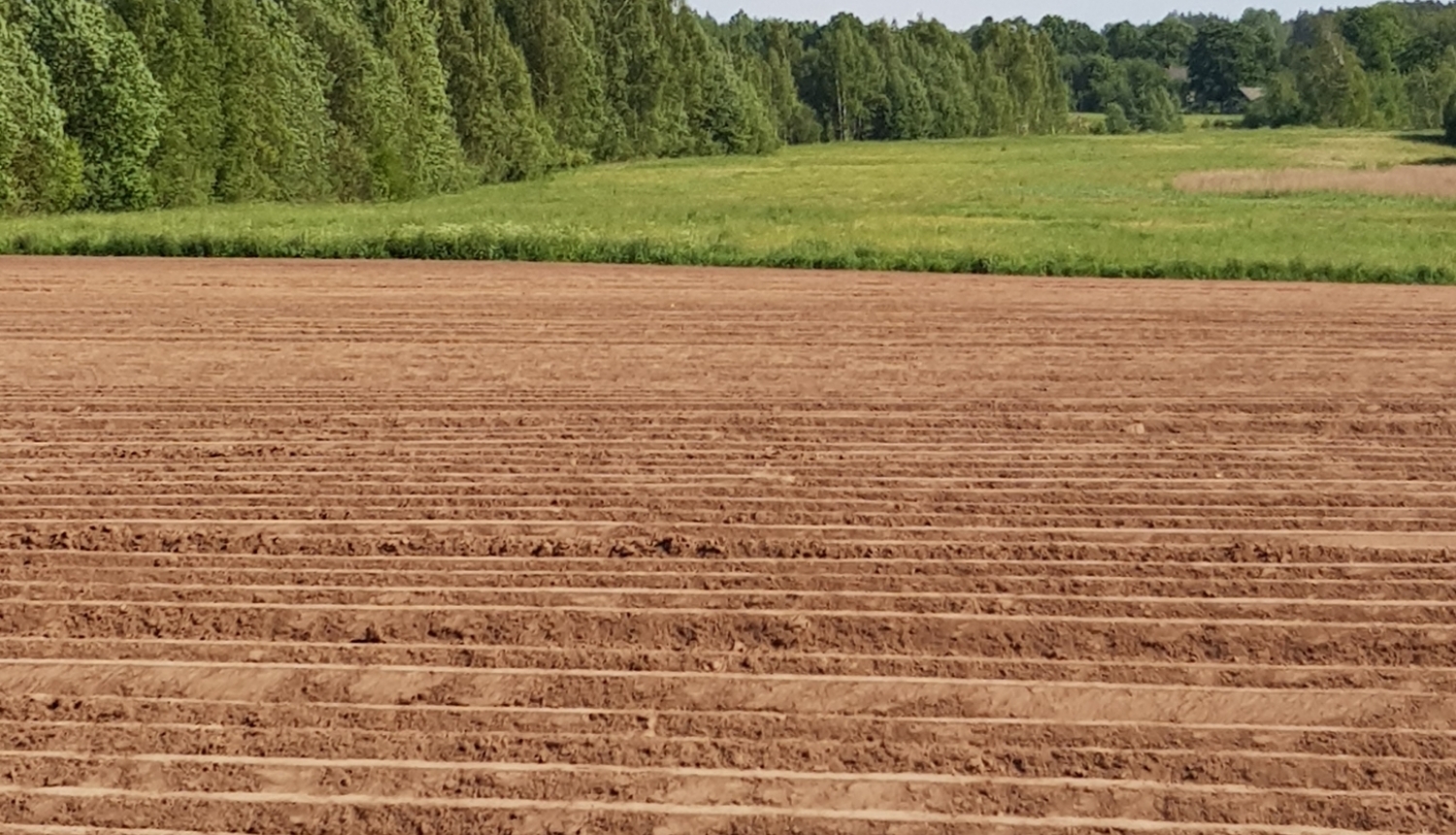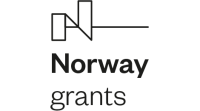Thanks to the financing of the Norwegian Financial Mechanism and the co-financing of the State budget, three years ago we wrote to the public in the first information of Latvia's agricultural soil exploration project: “In February 2021, the Ministry of Agriculture, in cooperation with partners, started implementing the Norwegian Financial Mechanism project “Enhancement of sustainable soil resource management in agriculture” (E2SOILAGRI) to improve information on agricultural soil in Latvia and to obtain information on carbon changes in soil and state the specific greenhouse gas emission factors.” Three years have passed in intensive work, with the project closing on January 31 this year. I am pleased to say that all the promises have been made in the project.
The results of the project and the documents developed are already available on the project website. The maps created by the project will soon be located in the Geoportal, while data – in the Open data portal of Latvia.
During the project, scientists from the Faculty of Geography and Earth Sciences of the University of Latvia studied and analysed Latvia's agricultural soil. At the same time, information on Latvia's agricultural land was improved, classification of Latvia's soils was adapted and information in the database was updated. During the project, a specific exploration of agricultural soil took place in two parishes: Taurene, which has a typical high land and mound, and Platone, which has a typical lowland and plain. It created a new methodology for agricultural soil mapping research and a modern-day appropriate soil classification system, aligned with the international soil classification standard. Parallel across the country, both deep digs and soil probes and digital exploration and machine learning techniques surveyed and counted peatland on agricultural land. In addition to direct soil research work, training was carried out with ten new soil mapping experts trained.
In order to identify the amount of carbon in Latvia's agricultural soil, a carbon monitoring network with 200 carbon measuring points was created and a database on carbon stocks was created. At all points, experts from the State Plant Protection Service (SPPS) took soil samples analysed by the SPPS Agrochemical laboratory. These data are essential and necessary for sustainable use of Latvian land and climate change policy making.
Analysis data obtained during soil monitoring are analysed in parallel at the Latvian State Forest Science Institute “Silava”, where data are described for inclusion in the calculation of greenhouse gas emissions (GHG), as well as the soil carbon stock is determined.
The entire three-year study of Latvian farmland was flanked by experts from the Norwegian Institute of Bioeconomy Research (NIBIO). Norwegian colleagues helped both in the form of theoretical training and in practical work on Norwegian and Latvian soil - in describing and mapping it, analyzing data, explaining it. Norwegian scientists also made it possible to explore their soil-related databases, familiarise themselves with the structuring and interoperability of registers. NIBIO experts have followed all project processes. They paid particular attention to the reuse of data already acquired in the project, which is a routine practice in this Nordic country and should be used more actively in Latvia.
The entire project was composed of the project manager and experts from the Ministry of Agriculture (MoA). MoA was responsible for project planning, finding partners, cash flows, reports, missions, visits, bills, seminars, conferences and many other administrative jobs.
The soil research project has allowed us to identify and follow processes in Latvian soil. The data, knowledge and experience obtained are useful not only for farmers themselves – producers for the market, but also for soil experts, scientists, employees of state and non-state institutions – for all who use soil as a resource and create and implement Latvian soil policy. Knowledge of the most important of our resources and the ability to use it efficiently and at the same time in a gentle manner are necessary for the competitiveness of our agriculture and for the preservation of the ecosystem. The project is the first step taken by independent Latvia in exploring the agricultural soil of its country and is a visible example of how Latvian scientists can make a real contribution to practical agriculture. The project has been concluted, but Latvia's agricultural soil continues to change. Will the first step be followed by the next?
More about the project - in the final publication and video story or closing conference recording.
The partners of the Ministry of Agriculture in implementation of the pre‑defined project “Enhancement of sustainable soil resource management in agriculture” of the Norway Grants Climate and Environment Program 2014 – 2021 “Climate change mitigation, adaptation to them and the environment” are the Norwegian Institute of Bioeconomy Research, the Latvian State Forest Research Institute SILAVA, the State Plant Protection Service and the University of Latvia. The project term - January 31, 2024.
The planned project budget is EUR 1,83 million, including the Norway grant EUR 1,56 million and EUR 0,27 million - the national co-financing.
Working together for a green Europe!




